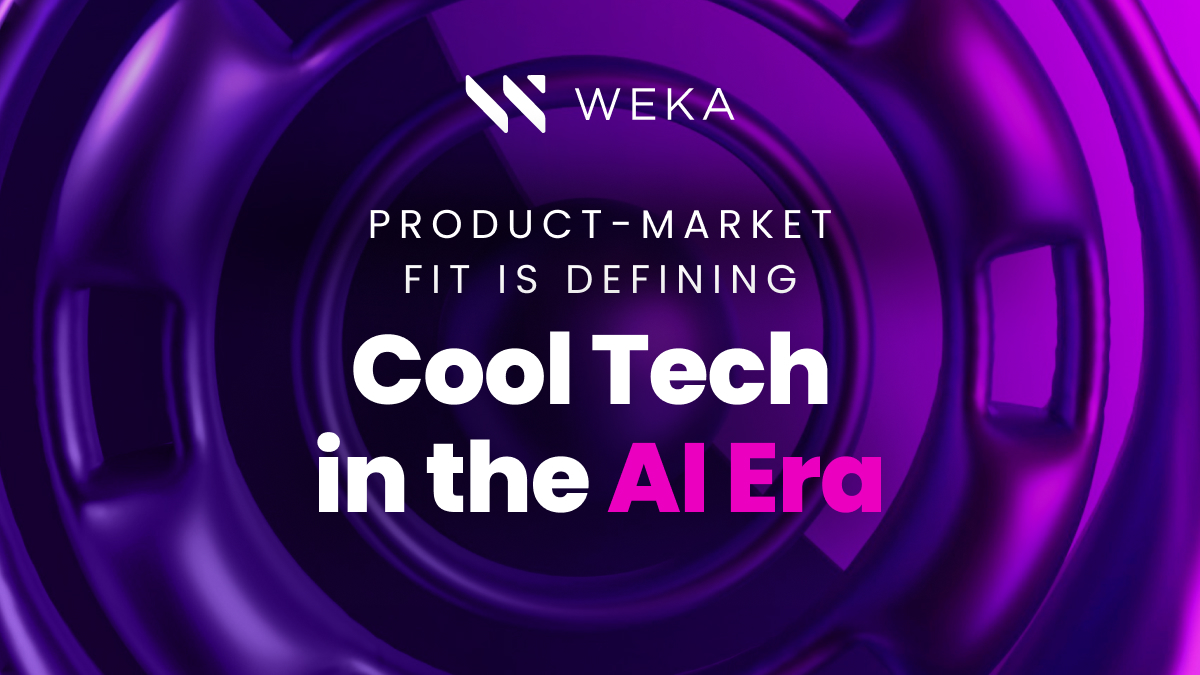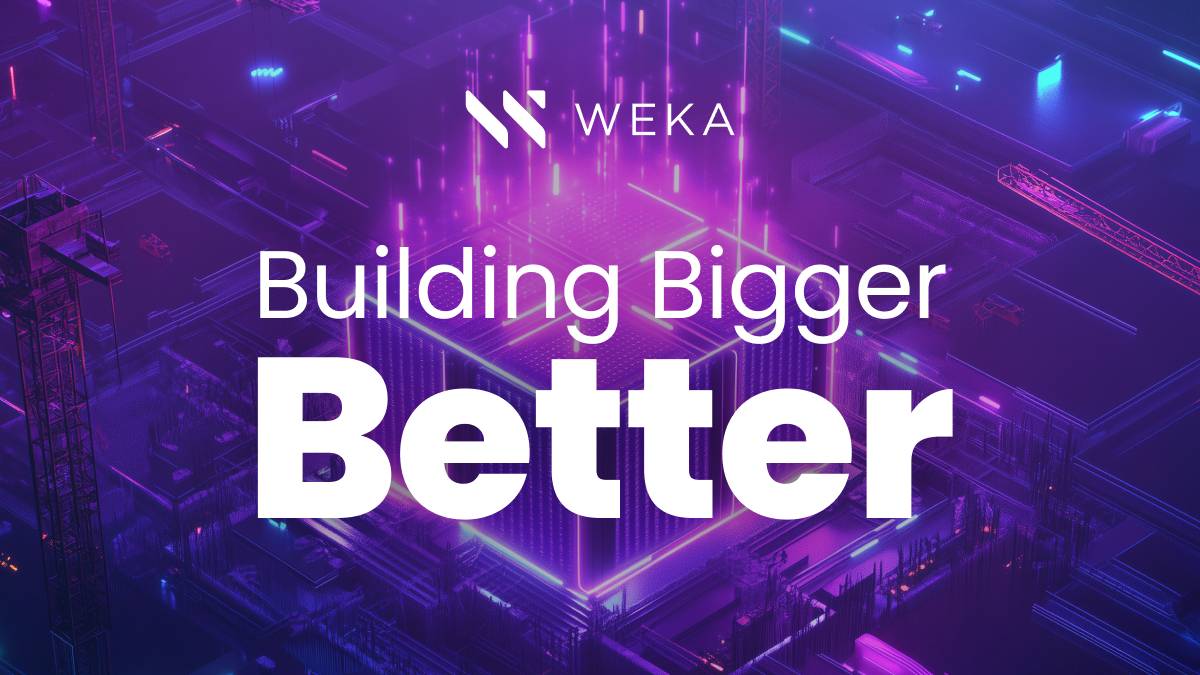What it Takes for Enterprise and HPC Applications to Embrace the Cloud

The adoption of the cloud is happening at an impressive rate. The value propositions of self-service and instantly available infrastructure based on a pay-for-what-you-consume model have proven itself to business owners, engineers, financial professionals, and now even HPC workloads.
The first step in the journey began when datacenters have moved off physical servers onto virtual machines (VDI), running on a hypervisor, and today running on infrastructure. Enterprises have benefited from savings due to server consolidation, increased business agility that comes from spinning up workloads on demand, and reduced resource contention from mission-critical applications. The next phase of improved efficiency and savings over cloud-like environments will come via the adoption of container technology to run several applications on the same physical hardware with less virtualization overhead.
Enterprise file applications typically use either NFS or SMB protocol to access remote, shared file storage, while cloud environments run in a stateless manner, making mounting a networked file system much more difficult to achieve in a scalable manner. Object storage interfaces that utilize HTTP (S3 or Swift) pack all the authorization credentials into each request and enable the stateless containers to access the same data regardless of where the container is launched.
So, new applications will be created that are cloud-native and will use REST APIs to access storage resources. These applications will be run in virtual machines or lighter weight containers. In order to avoid the creation of data silos, organizations are looking for storage systems that allow simultaneous access from NFS, SMB, and REST APIs. This eliminates the need to re-code existing applications all at one time and provides access to both on-premises and cloud file based storage through REST APIs.
Finally, in order to seamlessly run legacy applications (that traditionally ran on NAS) yet allow for the piecemeal porting of these applications to future-proofed private cloud environments, forthcoming storage solutions will need to concurrently support access to the same data via both object and file interfaces.





